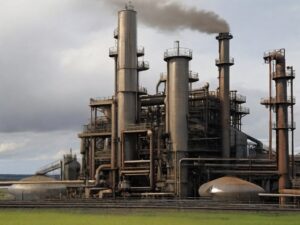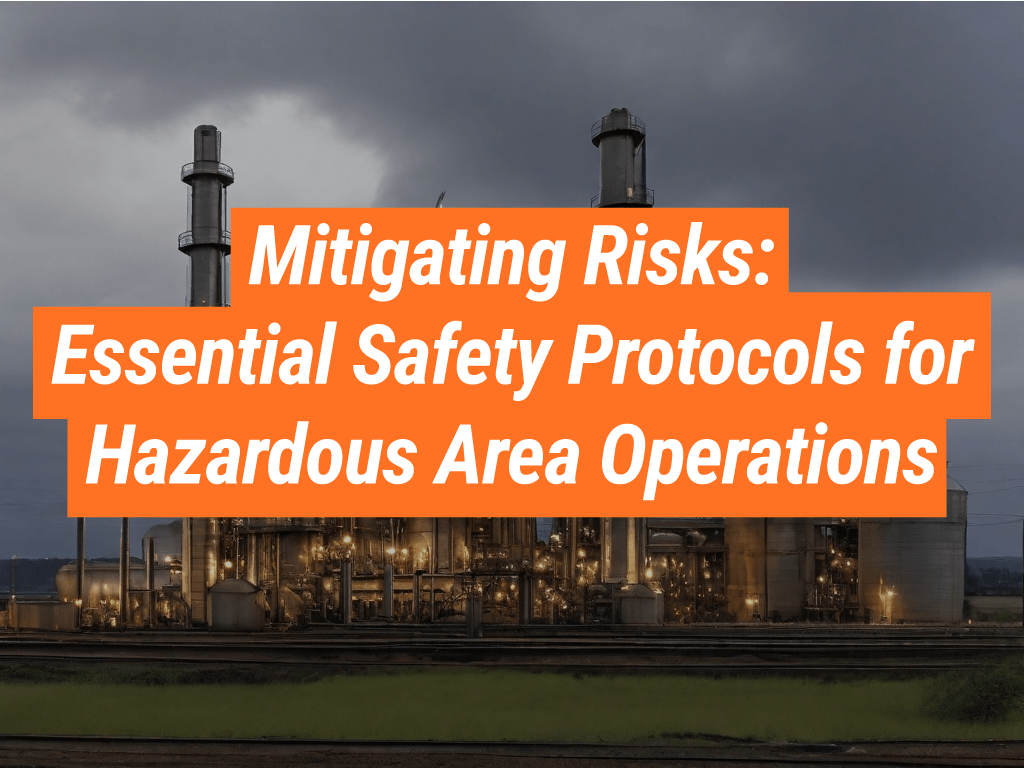Before delving into the essential safety protocols for hazardous area operations, it’s imperative to equip yourself with the right tools and equipment to mitigate risks effectively. Visit Intrinsically Safe Store to explore a wide range of intrinsically safe products designed to ensure maximum safety in hazardous environments. From advanced PPE to reliable communication devices, we’ve got you covered. Don’t compromise on safety—equip yourself with the best.
In the realm of hazardous area operations, ensuring the safety of both workers and assets stands as a paramount concern. With potential dangers lurking at every turn, implementing rigorous safety protocols becomes not just a priority, but an absolute necessity. In this guide, we delve into the core best practices and safety measures essential for mitigating risks in hazardous environments, fostering a culture of safety, and fortifying asset integrity.
1. Understanding the Environment
Before stepping foot into a hazardous area, it’s crucial to comprehend the specific risks and hazards present. Conduct thorough risk assessments and hazard analyses to identify potential dangers, allowing for tailored safety protocols. Knowing what you’re up against enables better preparation and response to any unforeseen circumstances.

2. Prioritizing Training and Education
Knowledge is power, especially in hazardous environments. Provide comprehensive training programs to equip workers with the necessary skills and knowledge to navigate risky situations safely. Regular refreshers and drills keep safety protocols top of mind, empowering workers to act swiftly and decisively in emergencies.
3. Utilizing Proper Personal Protective Equipment (PPE)
When operating in hazardous areas, donning appropriate PPE serves as the first line of defense against potential hazards. From protective clothing to respiratory gear, ensuring workers have the right PPE significantly reduces the risk of injury or exposure to harmful substances.
4. Implementing Clear Communication Channels
Effective communication is vital in hazardous area operations. Establish clear channels for communication to enable seamless coordination between team members. Whether through radios, signage, or designated safety officers, fostering open communication enhances situational awareness and minimizes the likelihood of accidents.
5. Regular Equipment Maintenance and Inspections
Faulty equipment can pose significant risks in hazardous environments. Implement regular maintenance schedules and conduct thorough inspections to identify potential issues before they escalate into hazards. Keeping equipment in optimal condition reduces the risk of malfunctions or failures that could endanger workers or assets.
6. Adhering to Strict Safety Regulations and Standards
Compliance with industry regulations and safety standards is essential to protect workers and mitigate risks. These guidelines serve as a framework for implementing effective safety protocols, demonstrating a commitment to prioritizing safety above all else.
7. Continuous Monitoring and Improvement
Safety Protocols Hazardous Operations: Safety protocols should never remain static. Regularly monitor and evaluate existing protocols for continuous improvement and adaptation to evolving risks. Staying proactive and responsive to changing circumstances ensures staying ahead of potential hazards and safeguarding both workers and assets effectively.
Ready to take your safety protocols to the next level? Contact us at Intrinsically Safe Store today to learn more about our products and services. Whether you need personalized recommendations, assistance with product selection, or have any questions regarding safety in hazardous environments, our team is here to help. Let’s work together to prioritize safety and safeguard your operations.


























